Unveiling the Secrets of Rare and Exotic Succulent Plants
Succulent plants are known for their resilience and adaptability, making them a popular choice for gardeners and plant enthusiasts around the world. While there are many common and well-known succulent species, there are also some rare and exotic varieties that can add a unique touch to any collection. In this article, we’ll explore some of the most unusual and sought-after succulent plants and provide tips on how to grow and care for them.
Lithops
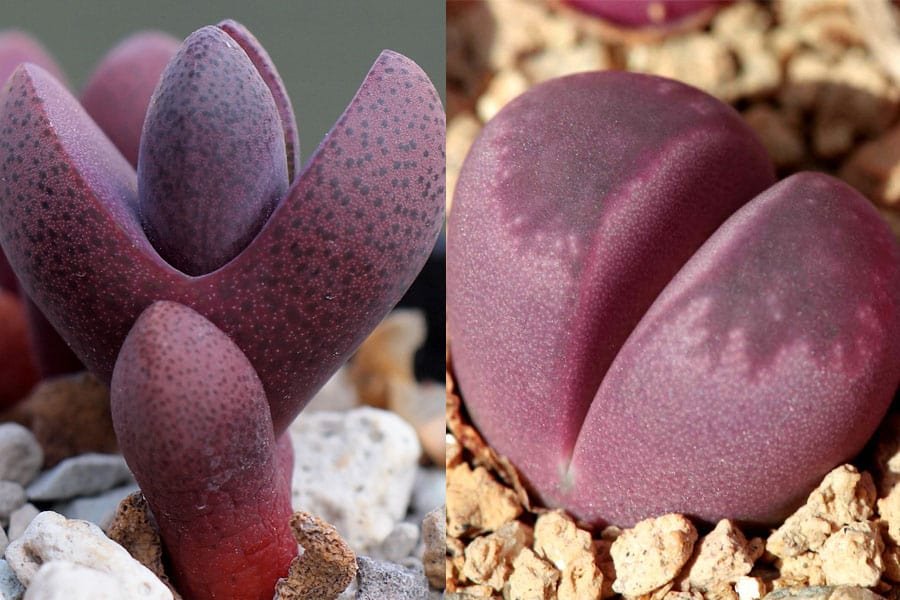
Lithops, also known as living stones, are some of the most fascinating and unusual succulent plants. These plants are native to South Africa and are named for their resemblance to rocks. Lithops plants have a distinctive pattern on their leaves that helps them blend into their rocky surroundings, making them difficult to spot in the wild. There are over 70 species of lithops, each with a unique color and texture. These plants are slow-growing and require minimal water and sunlight, making them an excellent choice for busy gardeners.
To grow lithops, start by planting them in well-draining soil and a small pot. Water them sparingly, only when the soil is completely dry. Lithops plants prefer bright but indirect sunlight, so place them near a window or in a shaded area outside. Be sure to protect lithops from extreme heat or cold, as they are sensitive to temperature changes.
Haworthia Cooperi
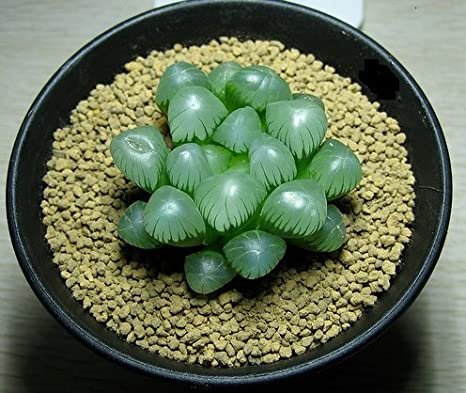
Haworthia cooperi is a rare and beautiful succulent plant that is native to South Africa. This plant is known for its distinctive rosette shape and translucent leaves, which allow light to pass through and create a beautiful effect. Haworthia cooperi is a slow-growing plant that can reach up to 3 inches in diameter. This plant prefers bright but indirect sunlight and well-draining soil.
To grow Haworthia cooperi, plant it in a small pot with well-draining soil. Water it sparingly, only when the soil is completely dry. This plant prefers bright but indirect sunlight, so place it near a window or in a shaded area outside. Protect Haworthia cooperi from extreme heat or cold, as it is sensitive to temperature changes.
Euphorbia Obesa
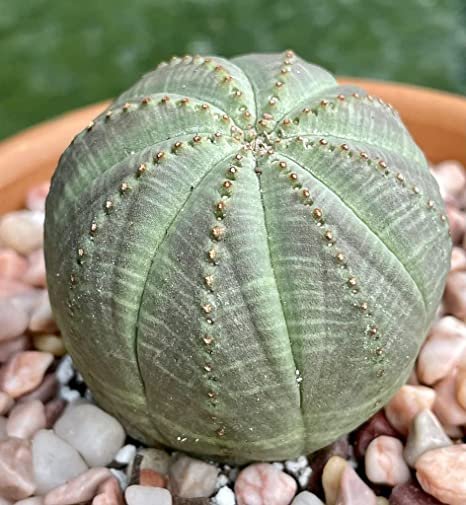
Euphorbia obesa, also known as the baseball plant, is a unique and unusual succulent plant that is native to South Africa. This plant is named for its distinctive shape, which resembles a baseball or a globe. Euphorbia obesa is a slow-growing plant that can reach up to 6 inches in diameter. This plant prefers bright but indirect sunlight and well-draining soil.
To grow Euphorbia obesa, plant it in a small pot with well-draining soil. Water it sparingly, only when the soil is completely dry. This plant prefers bright but indirect sunlight, so place it near a window or in a shaded area outside. Protect Euphorbia obesa from extreme heat or cold, as it is sensitive to temperature changes.
Rhipsalis
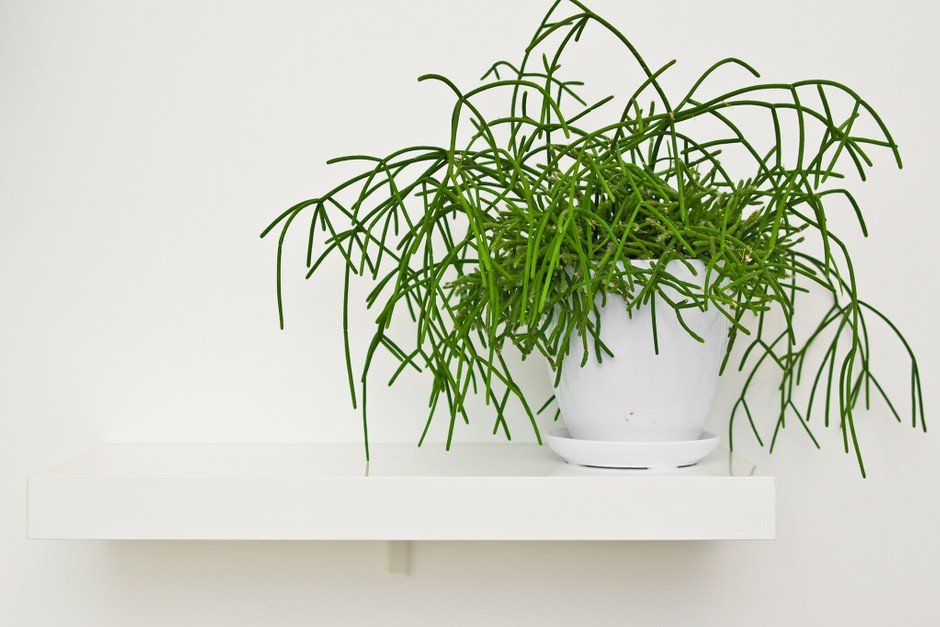
Rhipsalis is a unique and unusual succulent plant that is native to the rainforests of Central and South America. This plant is known for its long, trailing stems and delicate foliage, which give it a graceful and airy appearance. Rhipsalis plants are epiphytes, meaning they grow on other plants rather than in soil. These plants prefer bright but indirect sunlight and well-draining soil.
To grow Rhipsalis, plant it in a small pot with well-draining soil. Water it sparingly, only when the soil is completely dry. This plant prefers bright but indirect sunlight, so place it near a window or in a shaded area outside. To replicate the natural environment of Rhipsalis, you can grow it on a piece of wood or in a hanging basket. Protect Rhipsalis from extreme heat or cold, as it is sensitive to temperature changes.
Aloe Polyphylla
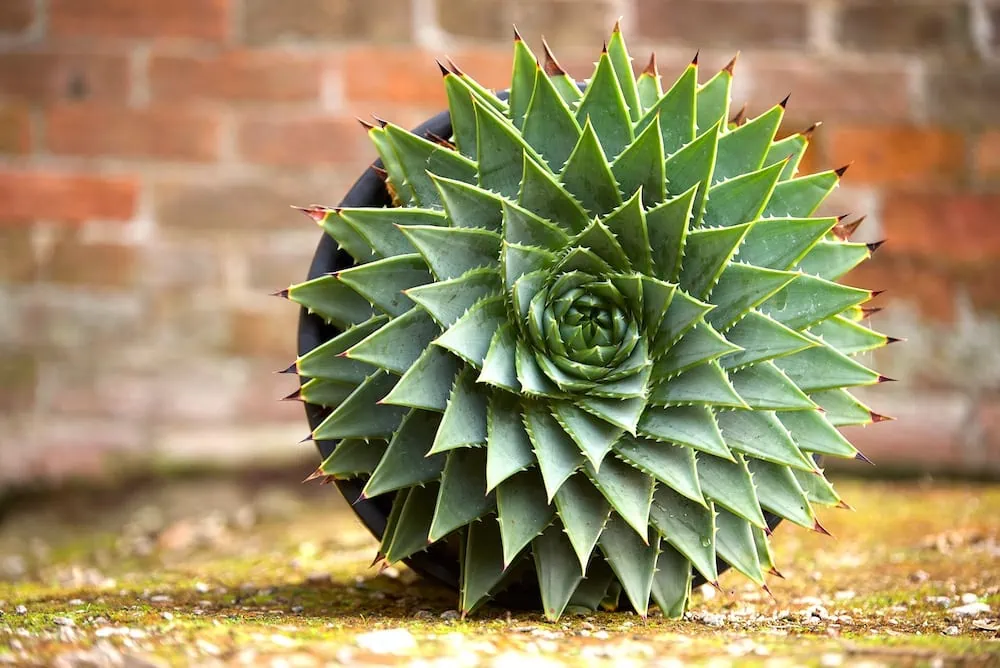
Aloe polyphylla, also known as the spiral aloe, is a rare and unusual succulent plant that is native to Lesotho, a country in southern Africa. This plant is known for its distinctive spiral shape, which creates a stunning visual effect. Aloe polyphylla is a slow-growing plant that can reach up to 12 inches in diameter. This plant prefers bright but indirect sunlight and well-draining soil.
To grow Aloe polyphylla, plant it in a small pot with well-draining soil. Water it sparingly, only when the soil is completely dry. This plant prefers bright but indirect sunlight, so place it near a window or shaded area outside. Protect Aloe polyphylla from extreme heat or cold, as it is sensitive to temperature changes.
In conclusion, rare and exotic succulent plants can add a unique touch to any collection and provide a fascinating insight into the diversity of plant life. Whether you’re a seasoned plant enthusiast or just starting, there’s always something new and interesting to discover in the world of succulent plants. By following the tips and guidelines provided in this article, you can grow and care for these unusual and sought-after plants and create a beautiful and diverse collection that will be the envy of your friends and neighbors.